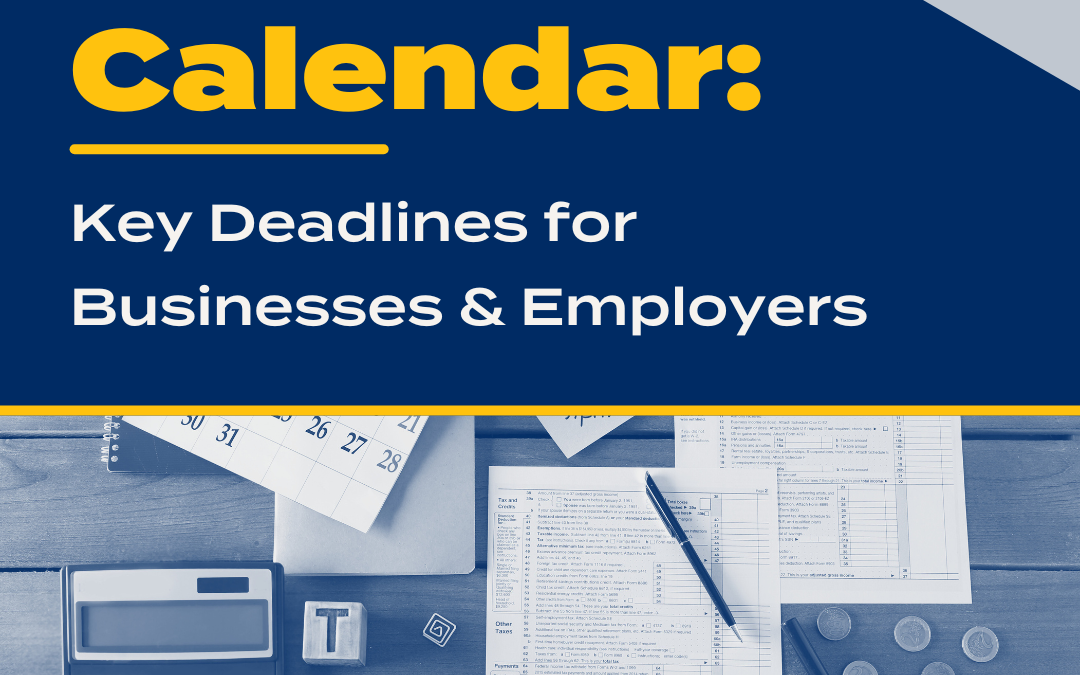If your business employed individuals who were forced to work at home during the pandemic, there is a year-end tax planning strategy available that benefits both you, the employer, and your employees.
On March 13, 2020, President Donald Trump declared COVID-19 a national emergency. As a result of this declaration, IRS Internal Code Section 139 rules regarding Qualified Disaster Relief Payments began to take effect. The IRS defines Qualified Disaster Relief Payments to include any amount paid to or for the benefit of an individual to reimburse or pay reasonable and necessary personal, family, living, or funeral expenses incurred as a result of a qualified disaster. For purposes of this article, we will be exploring the benefit of reimbursing an employee for work-at-home expenses they incurred during the 2020 pandemic.
The benefit to reimbursing an employee via a qualified disaster relief payment is that the payment is not subject to employment taxes for the employer (yet still tax deductible) and the payment received by the employee does not have to be included in their taxable income. The non-payroll expense for the employer and the non-taxable income for the employee is a win-win for both parties.
Below are some examples of work-at-home costs that can be covered with Qualified Disaster Relief Payments:
- Over-the-counter medications, hand sanitizer and home disinfectant supplies
- Child care or tutoring due to school closings
- Work-from-home expenses such as setting up a home office, increased utility expenses, and higher Internet costs
- Increased commuting costs, such as taking a taxi instead of using public mass transit
- Unreimbursed health-related expenses
This is just a sample of expenses. If you are unsure of what other costs may qualify, please consult with your CPA.
Another benefit from the employer’s side is that there is little to no documentation required. Unlike other employer-provided, tax-free reimbursements, there are no express substantiation requirements for these Qualified Disaster Relief Payments. Therefore, employers are not required to collect and review receipts and related documentation of expenses. However, the payments must be reasonably proportionate with the amount of unreimbursed reasonable and necessary COVID-19-related expenses. If you are unsure that you have the proper documentation necessary to substantiate your reimbursements, please consult with your CPA.
In conclusion, if you are about to prepare a bonus check for employees as a holiday bonus, you may want to see if a reimbursement for Qualified Disaster Relief Payments would be better suited for them. The tax-free income paid via a Qualified Disaster Relief Payment will be a much better stocking stuffer to your employee who worked at home in 2020 than a bonus check that is subject to payroll and income taxes.





